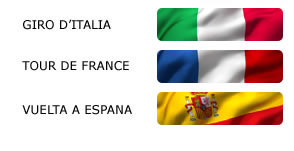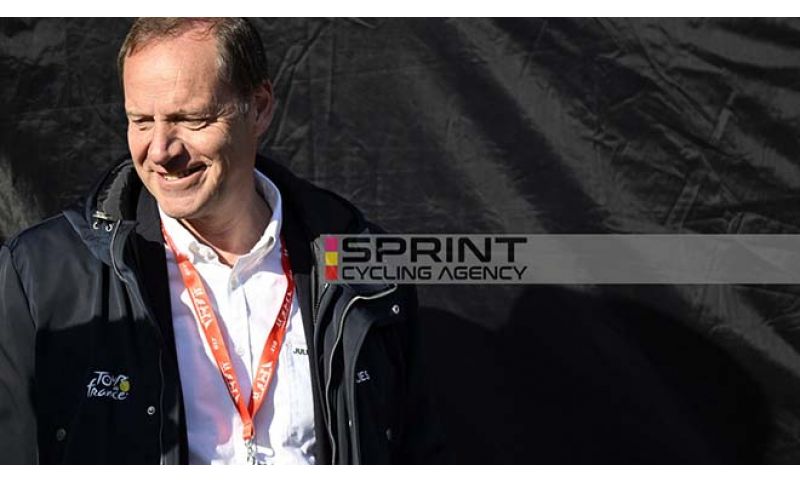

Christian Prudhomme is the number one of the Tour de France, but this is not a job that can be improvised and one must study well and be skilled to be in command of the most important race in the world.
Prudhomme has learned his craft very well and not by chance takes into account the history of the race, rooting its legend, considers the evolution of cycling, cares about the safety of cyclists and creates captivating routes.
Born in Paris in 1960, before becoming the general director of the Tour de France in 2007, Prudhomme was a journalist and it is precisely for this reason that he knows how important communication and the role of media are in such a big event. He studied journalism in Lille, a city that hosts the Grand Depart of this year's Tour, and for many years was one of the faces of l'Equipe Tv and France Television.
"Imagining the Tour is especially exciting - Prudhomme said in Lille at a meeting with the French press - Thinking about a route, discovering new places, evaluating the challenges that might arise knowing that we have a blank slate where nothing is written in advance. Sometimes, when we imagine a route, we tell ourselves that this and that could happen".
To perform the role of general director of the yellow race, one must know the places and riders well and try to understand which route could stimulate climbers and sprinters, without ever forgetting history.
The Pogačar-Vingegaard duel never tires him and in his opinion enriches the event and recalls the great battles of the past. Even starts from abroad, according to Prudhomme, are not always necessary and starting from France always has charm and reminds where everything began, because without France there would be no Tour.
"The fact that we start from France does not mean it will be easier. The first week is all a deception. If someone who hasn't followed the Tour for years looks at the route, they might think we'll have seven stages for sprinters in the first eight days. This route might look like the one from the '90s, but in reality we'll have only four finishes for sprinters. The Tour has changed over the years; we try to confuse situations, even when the route seems well known. We have chosen to focus on short but steep climbs throughout the first week, rather than focusing on pavé, and difficulties will not be lacking".
The number one of the Tour loves a route that in its entirety satisfies all riders, therefore sprinters, climbers and attackers, because if it were not so, there would not be so many champions at the start. For Prudhomme, in fact, the Grande Boucle, in addition to being the most important showcase in the world for cycling, also has the ability to win over riders and public with the characteristics of its route.
"We do everything to make the race as interesting as possible. The Toulouse stage will be the most emblematic for me because we have a final hilly section with the Pech David climb eight kilometers from the finish, with sections at 20%. So that day, the protagonists will be Jasper Philipsen or Mathieu Van der Poel or even Van Aert and all those who will want to bet on this route".
Great challenges excite the public: for the Tour director, this ingredient must never be missing and the challenges between Pogačar and Vingegaard will never get boring.
"In the last five editions, the score is 3-2 in favor of Tadej Pogačar, and we hope to see the challenge against Jonas Vingegaard again. It must only last a little longer than the Tour de France's halfway point, unlike last year. Our role, I repeat, is to try to create suspense until the end. The duel between champions has always existed and we always want it. We saw it with Coppi and Bartali, Anquetil and Poulidor, Merckx and Ocaña, or Merckx and Thévenet. If we were to make a comparison with tennis, I don't think the clashes between Nadal, Federer and Djokovic have ever gotten boring".
This year there will be the finish in Montmartre and not the classic sprinters' parade on the Champs-Élysées, and this choice has made some sprinters a bit unhappy. "Montmartre for me remains one of the most evocative images of last year's Games and I think it would have been a shame to lose it. I believe it's something that was missing from the Tour. There's always a huge crowd on the Champs-Élysées, hundreds of thousands of people, but we're talking about a very wide place and the trees hide the spectators. At Montmartre, on the other hand, there is that proximity, the one experienced throughout France during the Tour. So it will be a wonderful legacy of the Games".
